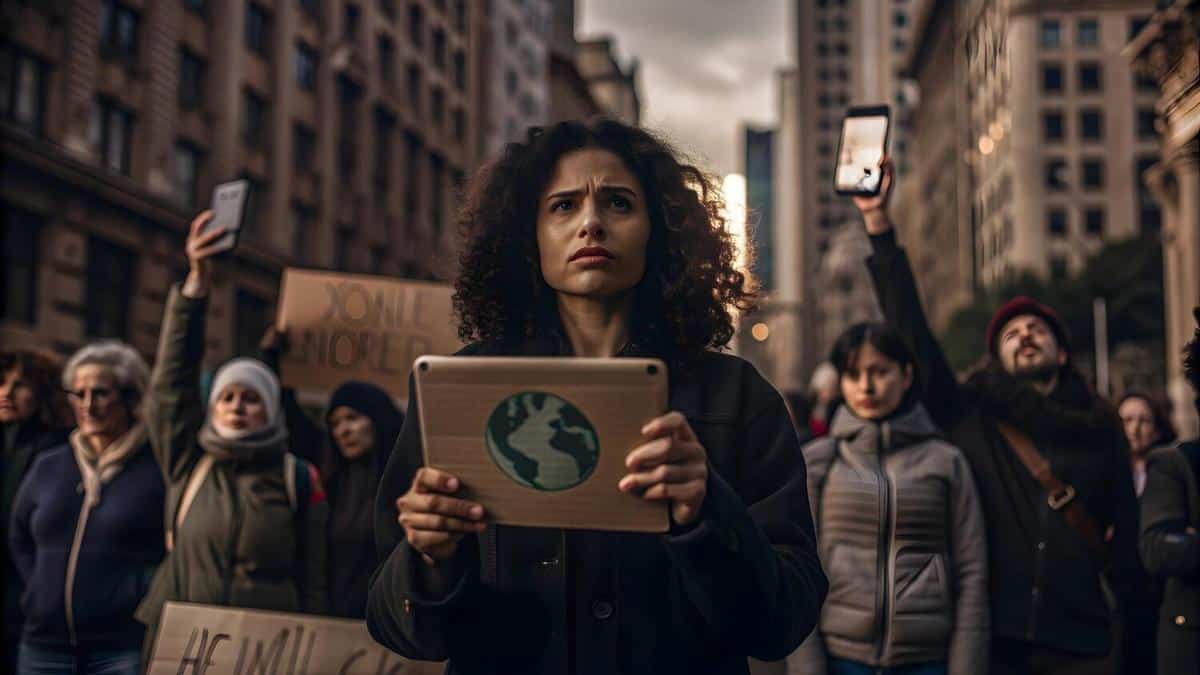
The Intersection of Technology and Human Rights: Opportunities and Pitfalls
The convergence of technology and human rights presents a complex landscape filled with both promising opportunities and significant challenges. As digital tools increasingly permeate our everyday lives, they introduce new dynamics in the advocacy and protection of human rights across the globe.
Technology: A Double-Edged Sword for Human Rights
Technology has the potential to be a formidable ally in the fight for human rights. Through social media platforms, for example, activists can reach global audiences, raise awareness, and mobilize support with unprecedented speed. According to a report by the United Nations, over 80% of human rights organizations utilize digital tools to amplify their causes.
Expert Opinions
Renowned human rights advocate, Mary Robinson, highlights that “technology, when leveraged correctly, can empower marginalized communities, giving them a voice and platform to advocate for their rights.”
Statistics and Research
A study from the Pew Research Center found that 70% of internet users believe that digital platforms have positively impacted their ability to advocate for issues they care about. However, the same study warns of the digital divide, where access to these technologies is uneven across different socio-economic groups.
Challenges at the Intersection of Technology and Human Rights
While technology can enhance human rights advocacy, it also poses significant risks. Issues such as privacy breaches, surveillance, and cyber harassment are pressing concerns. For instance, activists in restrictive regions often face government surveillance, which can lead to arrests and intimidation.
Personal Anecdotes
Consider the case of Alex, an activist who used social media to document and share human rights abuses in his country. While his efforts brought international attention, it also made him a target for online harassment and government scrutiny.
Addressing the Pitfalls
- Enhancing digital literacy among activists.
- Developing robust cybersecurity measures.
- Advocating for stronger data protection laws globally.
Opportunities for a Brighter Future
Despite the challenges, the future holds promising opportunities for the intersection of technology and human rights. Innovations in blockchain, for example, can provide secure and transparent ways to document human rights violations.
| Technology | Opportunity | Challenge |
|---|---|---|
| Social Media | Global Awareness | Surveillance |
| Blockchain | Transparency | Complexity |
| AI | Data Analysis | Bias |
| VR/AR | Immersive Education | Access |
| Encryption | Privacy | Usability |
| IoT | Real-time Monitoring | Security |
| Big Data | Insights | Privacy |
| Cloud Computing | Scalability | Reliability |
FAQs
What are the key benefits of using technology in human rights advocacy?
Technology offers enhanced communication, increased reach, and real-time documentation of human rights issues.
How can activists protect themselves online?
By using encryption tools, being aware of digital footprints, and advocating for stronger cybersecurity policies.
Conclusion
The intersection of technology and human rights is a dynamic and evolving field. While there are significant pitfalls to navigate, the potential to advance human rights through technology is immense. By staying informed, advocating for robust digital policies, and leveraging the right tools, we can harness technology’s power for positive change. As technology continues to evolve, so must our strategies to ensure it serves as a force for good in the realm of human rights.


